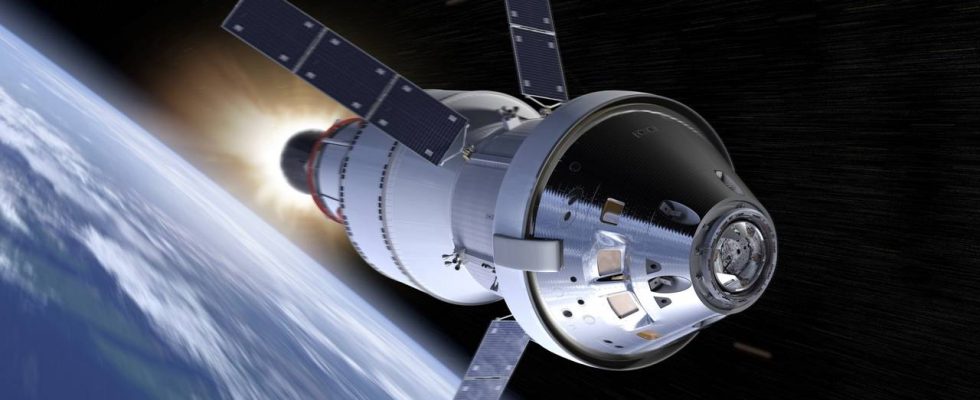SpaceX and NASA partnership continues unabated. Moreover, despite all the setbacks. NASA is preparing to land humans on the Moon as part of the ongoing Artemis program. For this, it works with its partner SpaceX. SpaceX simulates the cold temperatures of space. It also conducted an important test for the Vacuum Raptor Engine, one of the Moon landing engines.
SpaceX’s Vacuum Raptor Engine Succeeded in Cold Space Testing for Artemis Moon Missions!
Private space startup SpaceX has demonstrated a vacuum-optimized Raptor engine, NASA announced Thursday. It tested the engine’s performance in harsh space conditions. The spacecraft, which is planned to stay in space for a long time, must be able to withstand extremely cold conditions. SpaceX’s Vacuum Raptor test ended successfully. It has proven itself for all harsh space conditions.
NASA plans to make a manned landing on the Moon in 2025 with the Artemis 3 program. It signed a $2.89 billion contract with SpaceX to design such a system. The Artemis 4 Mission is planned to be completed in 2028. For this, they signed an agreement worth 1.15 billion dollars. After the failed attempt of the Starship rocket in April, rumors abounded. It looks like SpaceX has regained NASA’s trust.
Unlike other spacecraft, SpaceX’s Starship manned landing system will remain in space for a period of time without igniting. This will cause the temperature of its hardware to drop to a level lower than its initial temperature as it completes a short mission to low Earth orbit. The spacecraft must be durable for this challenging mission. Engineers work meticulously.
The test, conducted last month, was the second to demonstrate the ability of the Starship Vacuum Raptor engine to perform on the lunar surface. In November 2021, SpaceX tested the engine’s ability to perform a descent burn to land on the surface of the Moon. During the 2021 test, which lasted 281 seconds, reports say“The Raptor demonstrated the powered landing portion of the mission as the Starship (Manned Landing System) exited its orbit over the lunar surface and began descending towards the lunar surface for landing.” he is writing.
Despite all these successful attempts, Artemis 3 may still be postponed. However, the reason for the postponement is not limited to the Starship rocket. NASA also has its own Moon rocket to handle. In addition, NASA installed the first of four RS-25 engines on the core stage of the Space Launch System rocket (SLS), which will launch the manned Artemis 2 mission to the Moon in 2024.

